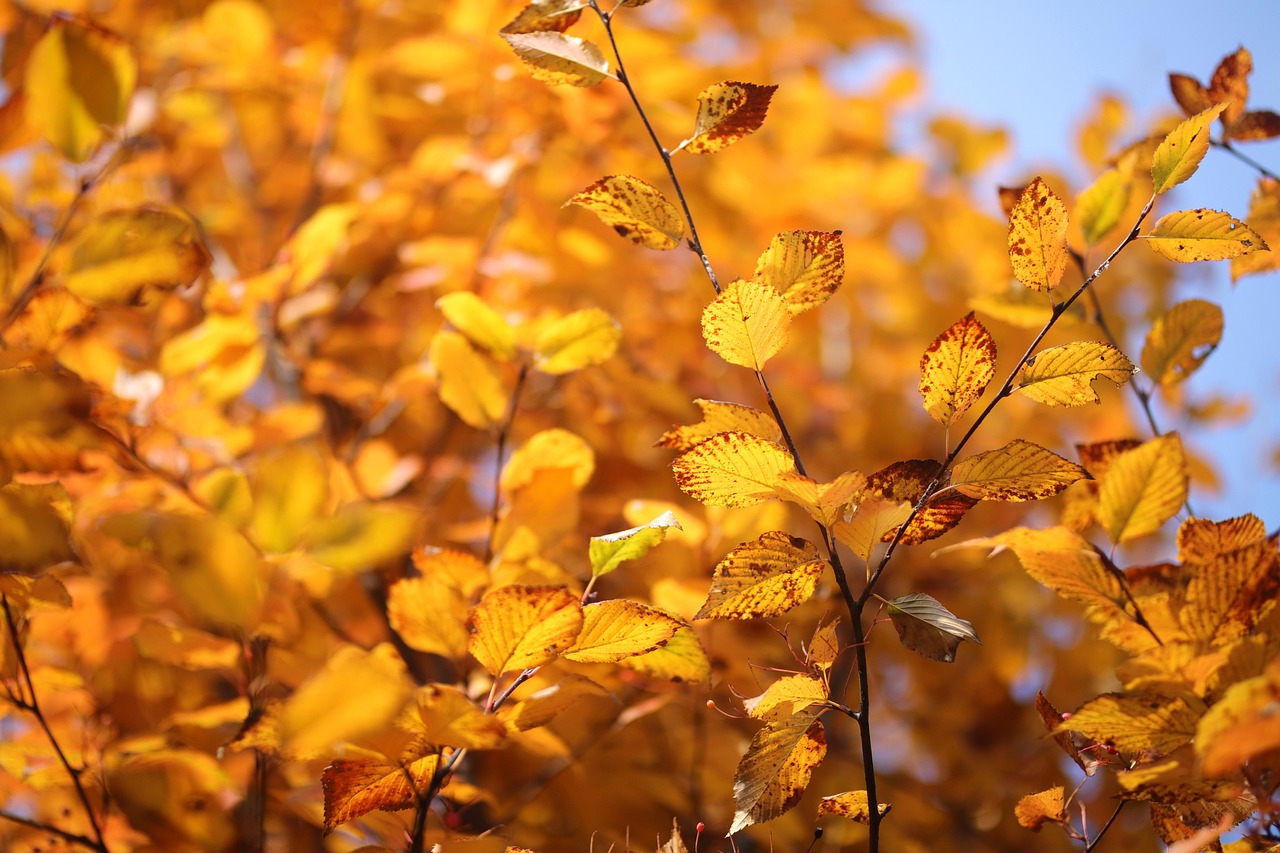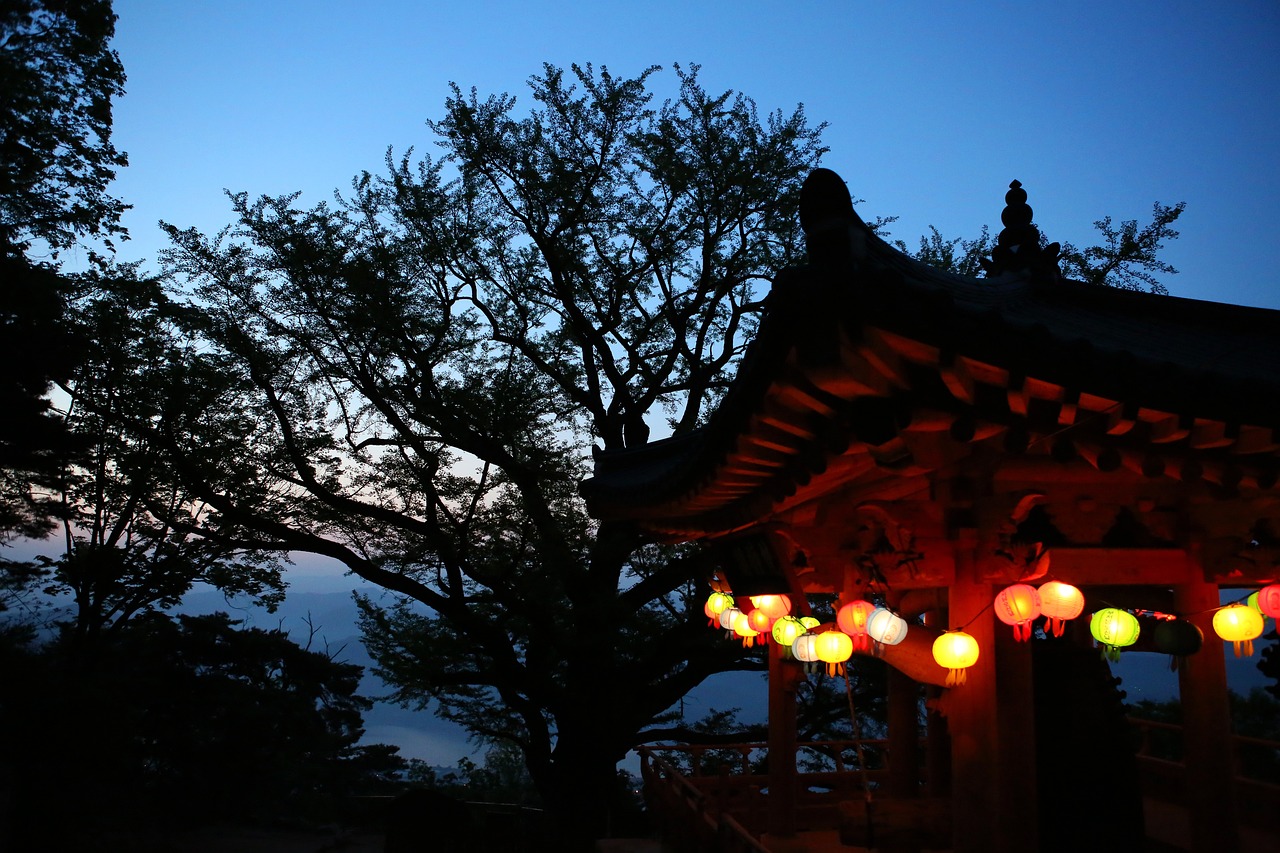The Zelkova tree has a moderate growth rate, reaching heights of 50 to 80 feet over a span of 30 to 50 years. It is an excellent choice for urban areas, providing ample shade and enhancing aesthetic appeal through its distinctive form and foliage.
Urban environments often face challenges in maintaining green spaces while meeting the needs of residents. One solution to these challenges is the incorporation of trees, such as the Zelkova, into city landscapes. Zelkova trees are known for their resilience and adaptability, making them ideal for urban settings. Their growth rate, along with their aesthetic qualities, contributes significantly to the green infrastructure of cities.

Understanding the growth rate of Zelkova trees is essential for urban planners and landscape architects. This knowledge helps in selecting the right species for specific locations and purposes. The Zelkova tree not only provides shade but also acts as a natural air purifier and habitat for wildlife. Its broad, spreading canopy enhances the visual appeal of urban areas.
Growth Characteristics of the Zelkova Tree
The growth rate of a Zelkova tree can vary based on several factors, including soil quality, climate, and overall care. Typically, Zelkova trees exhibit a growth rate of about 1 to 2 feet per year under optimal conditions. This moderate growth allows them to establish themselves without overwhelming their environment too quickly.
In addition to their height, Zelkova trees develop an expansive canopy that offers significant shade. This feature is particularly valuable in urban areas where heat islands can create uncomfortable living conditions. The dense foliage provides relief from the sun, contributing to cooler temperatures in surrounding areas.

Here are some key characteristics of Zelkova trees that contribute to their suitability for urban environments:
| Characteristic | Description |
|---|---|
| Height | 50 to 80 feet |
| Spread | Up to 60 feet |
| Growth Rate | 1 to 2 feet per year |
| Leaf Type | Deciduous, serrated edges |
| Fall Color | Golden yellow to orange |
| Soil Preference | Well-drained, adaptable to various soils |
| Climate Hardiness | USDA Zones 5 to 8 |
The Zelkova’s leaves are another noteworthy feature. They are typically dark green during the summer, turning beautiful shades of yellow and orange in the fall. This seasonal transformation adds visual interest to urban landscapes throughout the year. The tree is also relatively low-maintenance, requiring minimal pruning to maintain its shape and health.
Furthermore, Zelkova trees have a strong resistance to pests and diseases. This resilience makes them a reliable choice for city planners looking for trees that can withstand urban stressors, such as pollution and soil compaction. The ability to thrive in a variety of environmental conditions further enhances their appeal as urban shade trees.

As cities continue to grow and evolve, incorporating trees like the Zelkova will be vital for enhancing urban aesthetics and promoting sustainability. The presence of trees not only benefits residents by improving air quality but also increases property values and creates inviting public spaces.
In summary, the Zelkova tree’s moderate growth rate, combined with its aesthetic appeal and resilience, makes it an excellent choice for urban environments. Its ability to provide shade and adapt to various conditions underscores its importance in urban landscaping efforts.
Factors Influencing the Growth Rate of Zelkova Trees
The growth rate of Zelkova trees can be significantly influenced by various environmental and management factors. Understanding these factors is essential for maximizing their growth potential in urban settings. Here are some of the key elements that affect the growth rate:
- Soil Quality: The nutrient content and drainage capacity of the soil play a crucial role in the growth of Zelkova trees. Well-drained soils enriched with organic matter promote healthy root development.
- Water Availability: Adequate water supply is vital, especially during the tree’s initial establishment phase. However, Zelkova trees are relatively drought-resistant once established.
- Sunlight Exposure: Zelkova trees thrive in full sunlight. Insufficient light can stunt their growth and affect their overall health.
- Pest and Disease Management: While Zelkova trees have good resistance to many pests and diseases, effective monitoring and management practices are still necessary to prevent any potential issues.
- Climate Conditions: Zelkova trees are best suited for USDA hardiness zones 5 to 8. Extreme temperatures outside this range can hinder their growth.
Optimal Conditions for Planting Zelkova Trees
To ensure healthy growth and development, it is important to plant Zelkova trees under optimal conditions. Here are some guidelines to follow:

- Select Appropriate Location: Choose a site with full sun exposure and well-drained soil. Avoid areas with heavy shade or waterlogged conditions.
- Prepare the Soil: Before planting, amend the soil with organic matter to improve its texture and nutrient content. This will enhance root establishment.
- Spacing: Plant Zelkova trees at least 30 feet apart to allow for their mature spread. This spacing helps reduce competition for resources.
- Watering: Water the newly planted tree thoroughly. Continue to provide regular watering during dry spells, especially in the first few years.
- Mulching: Apply a layer of mulch around the base to retain moisture and suppress weeds. Keep the mulch a few inches away from the trunk.
Common Uses of Zelkova Trees in Urban Landscapes
Zelkova trees serve multiple purposes in urban landscapes. Their adaptability and aesthetic qualities make them valuable assets for city planners and residents alike. Some common uses include:
- Shade Provision: The broad canopy of Zelkova trees offers significant shade, making them ideal for parks, streets, and outdoor spaces.
- Aesthetic Appeal: With their attractive form and seasonal foliage changes, Zelkova trees enhance the beauty of urban environments.
- Noise Reduction: The dense foliage can help absorb sound, contributing to a quieter urban atmosphere.
- Wildlife Habitat: Zelkova trees provide food and shelter for various bird species, promoting biodiversity in urban areas.
- Erosion Control: The extensive root system helps stabilize soil and prevent erosion, particularly in areas prone to runoff.
Maintenance Requirements for Healthy Growth
Proper maintenance is essential for ensuring that Zelkova trees grow healthily and fulfill their role in urban settings. Regular care can lead to robust growth and overall tree health. Key maintenance activities include:
- Pruning: Conduct light pruning annually to remove dead or crossing branches. This helps maintain a strong structure and promotes air circulation within the canopy.
- Fertilization: Apply a balanced fertilizer in spring if soil tests indicate nutrient deficiencies. This will support healthy growth during the growing season.
- Pest Monitoring: Regularly inspect the tree for signs of pests or diseases. Early detection is crucial for effective management.
- Watering: During dry periods, ensure consistent watering, especially for younger trees that are still establishing their root systems.
By adhering to these maintenance practices, urban dwellers can enjoy the many benefits that Zelkova trees offer while enhancing the overall appeal of their communities.
Environmental Benefits of Zelkova Trees
Zelkova trees offer numerous environmental benefits that enhance urban ecosystems. Their ability to adapt to various conditions makes them an excellent choice for city landscapes. Here are some of the key environmental advantages of planting Zelkova trees:
- Air Quality Improvement: Zelkova trees help improve air quality by absorbing carbon dioxide and releasing oxygen. They also filter harmful pollutants, such as sulfur dioxide and nitrogen oxides, contributing to cleaner air.
- Heat Island Mitigation: Urban areas often experience heat islands, where temperatures are significantly higher due to human activities. The shade provided by Zelkova trees can help lower surrounding temperatures, making cities more comfortable during hot summer months.
- Stormwater Management: The extensive root systems of Zelkova trees can absorb rainwater, reducing runoff and minimizing the risk of flooding. This natural absorption helps recharge groundwater supplies.
- Noise Reduction: The dense foliage of Zelkova trees can act as a sound barrier, absorbing and deflecting noise from busy streets and urban activities, thereby creating quieter living environments.
Aesthetic Contributions of Zelkova Trees
The aesthetic appeal of Zelkova trees cannot be overstated. They contribute to the visual landscape in several ways, enhancing the overall beauty of urban areas:
- Seasonal Color Changes: Zelkova trees display vibrant foliage throughout the seasons. Their leaves are a rich green in summer, transforming into shades of yellow and orange in the fall, providing year-round visual interest.
- Distinctive Form: The graceful, arching branches of Zelkova trees create an elegant silhouette. This unique shape adds character to streetscapes and parks.
- Integration with Landscape Design: Zelkova trees can be used as focal points in landscape designs or planted in rows for dramatic effects along walkways and streets.
Choosing the Right Zelkova Species for Urban Areas
There are several species and cultivars of Zelkova that can be selected based on specific urban requirements. Understanding their characteristics helps in making the right choice for various applications:
| Species/Cultivar | Height | Spread | Notable Features |
|---|---|---|---|
| Zelkova serrata | 50 to 80 feet | 40 to 60 feet | Broad canopy, excellent shade tree |
| Zelkova schneideriana | 40 to 60 feet | 30 to 50 feet | More compact growth habit, ideal for smaller spaces |
| Zelkova ‘Green Vase’ | 50 to 60 feet | 40 to 50 feet | Pyramidal shape, vibrant fall color |
| Zelkova ‘Village Green’ | 50 to 60 feet | 40 to 50 feet | Disease-resistant, uniform growth habit |
Selecting the appropriate species or cultivar is crucial for ensuring that the tree meets the specific needs of an urban environment. Factors such as available space, desired height and spread, and aesthetic preferences should all be considered when making a choice.
Pest and Disease Considerations for Zelkova Trees
While Zelkova trees are known for their resilience, they can still be affected by certain pests and diseases. Awareness and proactive management can help maintain their health:
- Aphids: These small insects may infest Zelkova trees, causing leaf curling and stunted growth. Monitoring and insecticidal treatments can effectively manage infestations.
- Canker Diseases: These fungal infections can occur due to environmental stress or injury. Pruning infected branches and maintaining tree health can prevent the spread of cankers.
- Powdery Mildew: This fungal disease appears as a white powdery substance on leaves. It typically occurs in humid conditions and can be controlled with proper spacing for air circulation and fungicidal treatments if necessary.
- Scale Insects: Scale insects can weaken trees by sucking sap. Regular inspections and appropriate pest control measures are essential for keeping scale populations in check.
By understanding potential threats and implementing effective management strategies, urban planners and homeowners can help ensure that Zelkova trees remain healthy and vibrant additions to the urban landscape.
Impact of Zelkova Trees on Urban Communities
Zelkova trees play a significant role in enhancing urban communities by providing numerous benefits. Their presence not only improves the aesthetic quality of cityscapes but also contributes to environmental sustainability. By integrating Zelkova trees into urban planning, cities can transform their landscapes and improve the quality of life for residents.
Beyond their beauty and shade, Zelkova trees foster community engagement. Parks and green spaces featuring these trees offer gathering places for social interaction, recreation, and relaxation. They encourage outdoor activities, which can lead to healthier lifestyles for urban dwellers. The calming presence of trees can also reduce stress and enhance overall well-being.
Economic Benefits of Zelkova Trees
The economic advantages of planting Zelkova trees in urban areas are substantial. Here are some of the key financial benefits:
- Increased Property Values: Properties located near well-maintained parks and green spaces tend to have higher market values. The aesthetic appeal and shade provided by Zelkova trees can increase demand for nearby real estate.
- Energy Savings: The shade from Zelkova trees can lower energy costs by reducing the need for air conditioning during hot months. This can lead to significant savings for homeowners and businesses alike.
- Attraction of Tourists and Visitors: Beautifully landscaped urban areas with Zelkova trees can attract tourists, benefiting local businesses and generating revenue for the city.
- Reduced Infrastructure Costs: By managing stormwater more effectively, Zelkova trees can help reduce the costs associated with drainage systems and mitigate flooding damage.
Community Involvement in Zelkova Tree Planting
Community involvement is crucial for the successful integration of Zelkova trees into urban landscapes. Engaging local residents in tree planting initiatives fosters a sense of ownership and pride in their environment. Here are some strategies to promote community participation:
- Organize Tree Planting Events: Local organizations can host events where community members gather to plant Zelkova trees in parks or along streets.
- Educational Workshops: Providing workshops on the benefits of trees and proper care techniques can empower residents to take an active role in maintaining their local green spaces.
- Partnerships with Schools: Collaborating with schools can introduce students to environmental stewardship through hands-on experiences with tree planting and care.
- Adopt-a-Tree Programs: Encouraging residents to adopt Zelkova trees allows individuals to take responsibility for their growth and maintenance, fostering long-term community engagement.
Final Thoughts
The Zelkova tree stands out as an exceptional choice for urban environments, combining moderate growth rates with significant aesthetic and environmental benefits. Its adaptability makes it suitable for a wide range of conditions, while its ability to enhance air quality, provide shade, and foster community interaction cannot be overstated.
As cities continue to evolve, incorporating Zelkova trees into urban planning will be essential for promoting sustainability and improving residents’ quality of life. With effective management and community involvement, these trees can thrive, providing shade and beauty for generations to come.
In summary, the Zelkova tree’s contributions extend beyond mere aesthetics; they play a vital role in creating healthier, more vibrant urban spaces. From environmental benefits to economic impacts, the integration of Zelkova trees into urban landscapes is a step toward a greener future. Urban planners, community leaders, and residents alike should embrace this opportunity to enhance their surroundings with this remarkable tree species.
